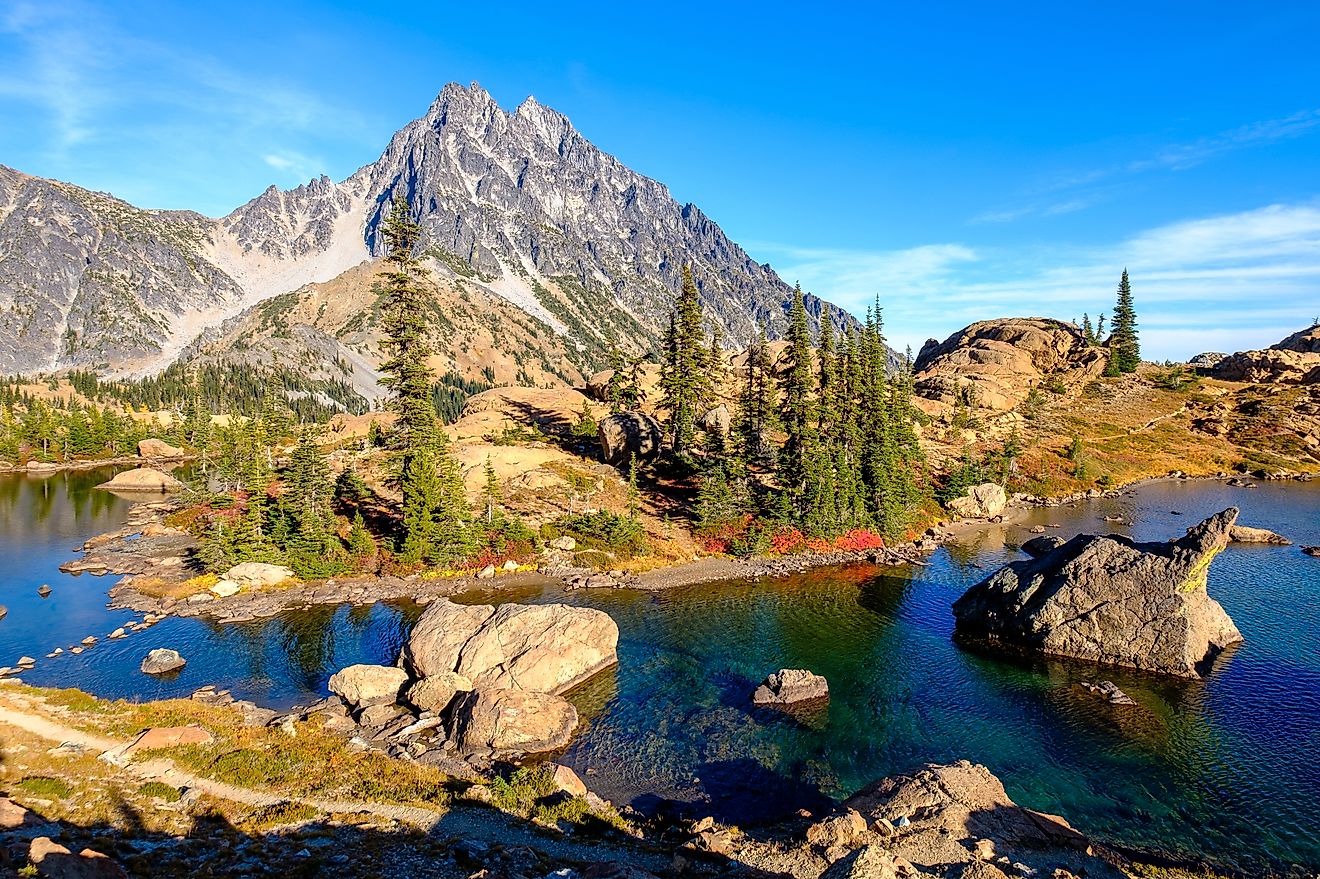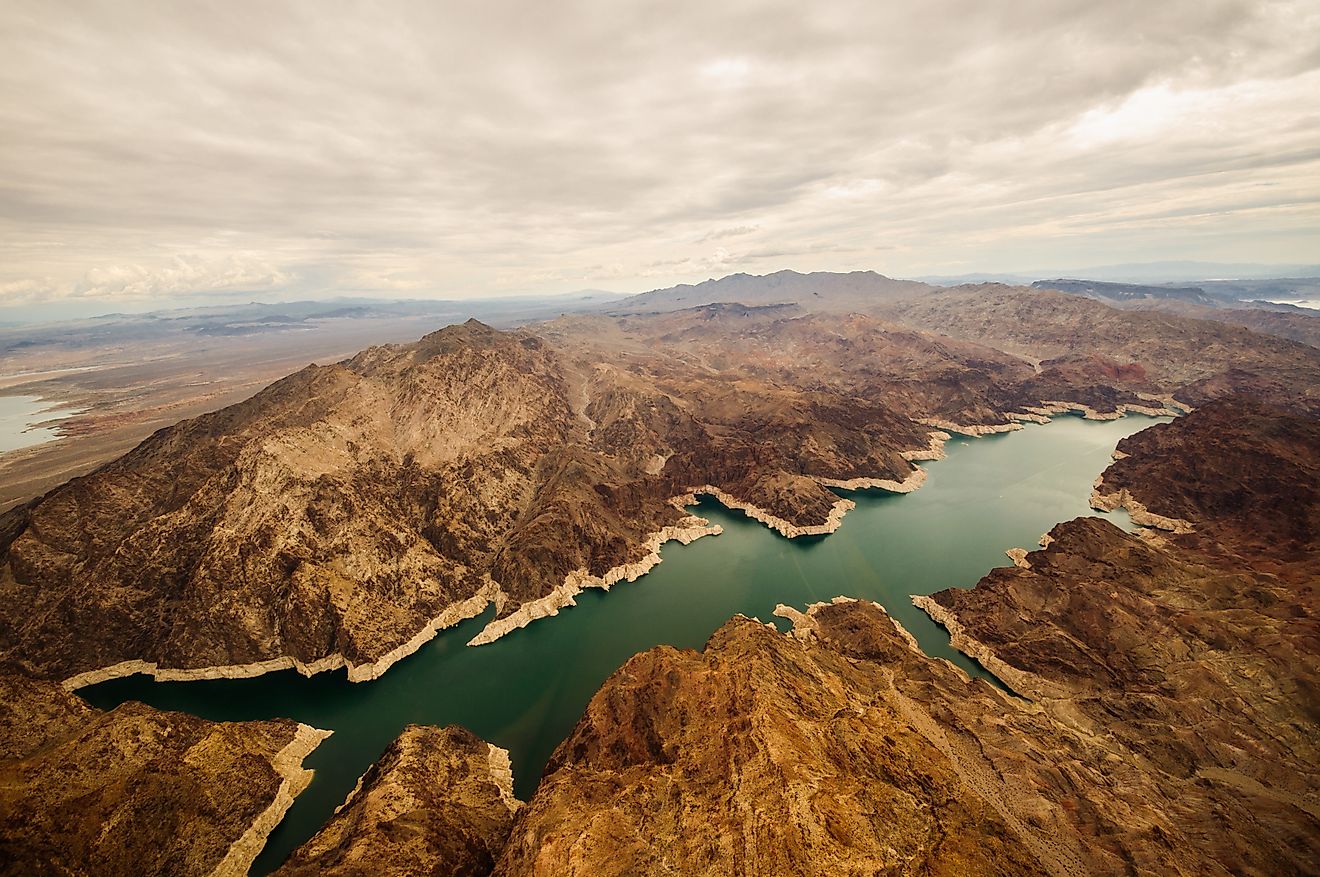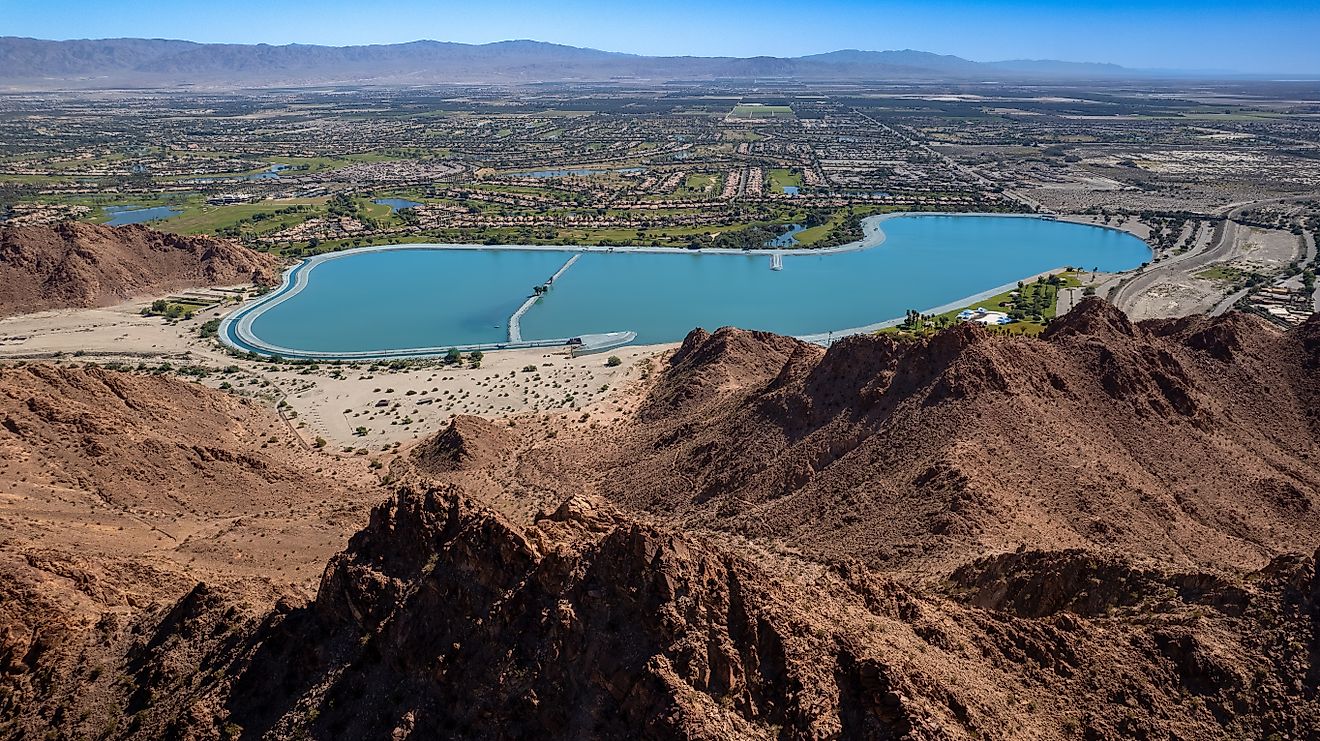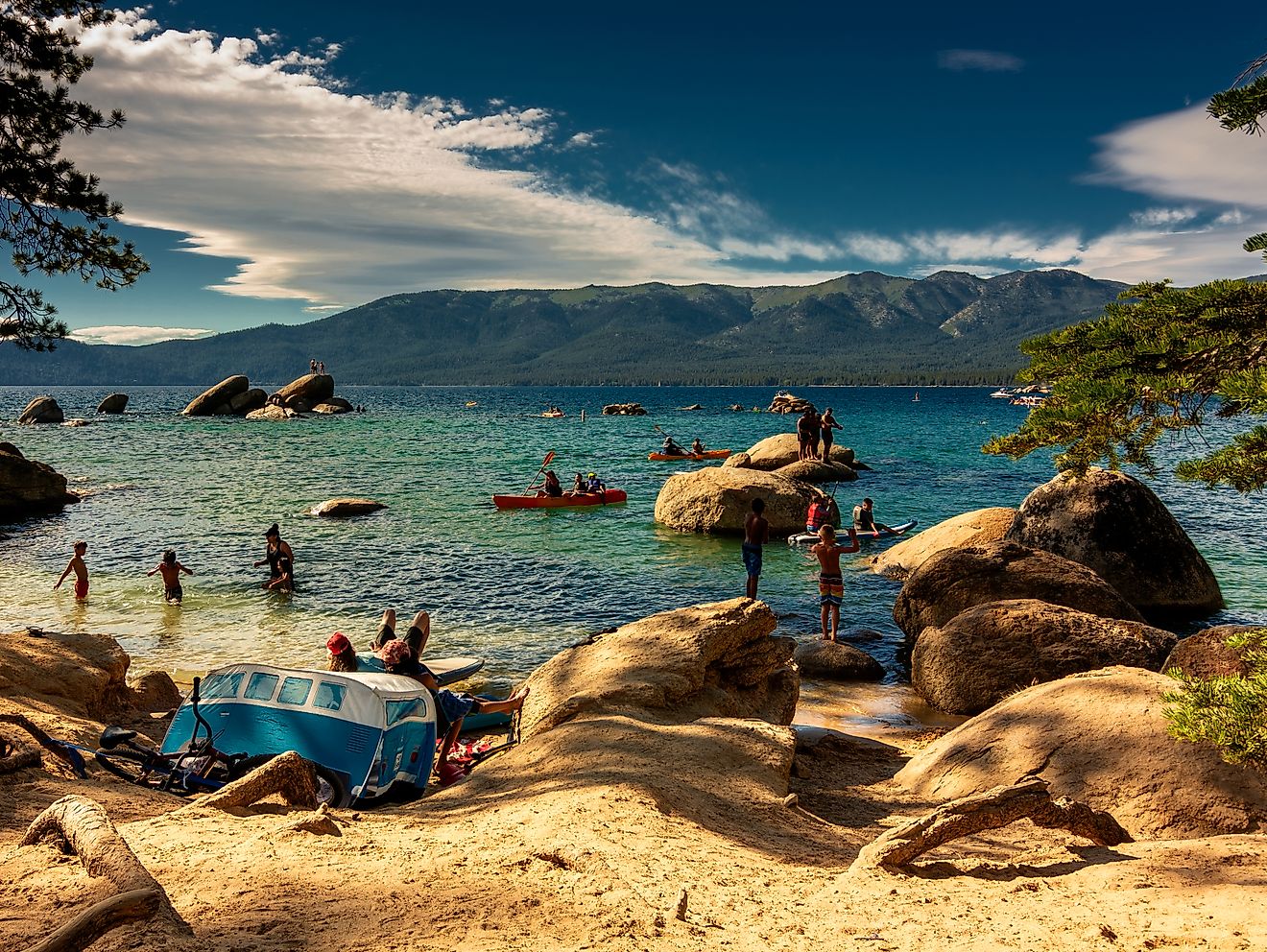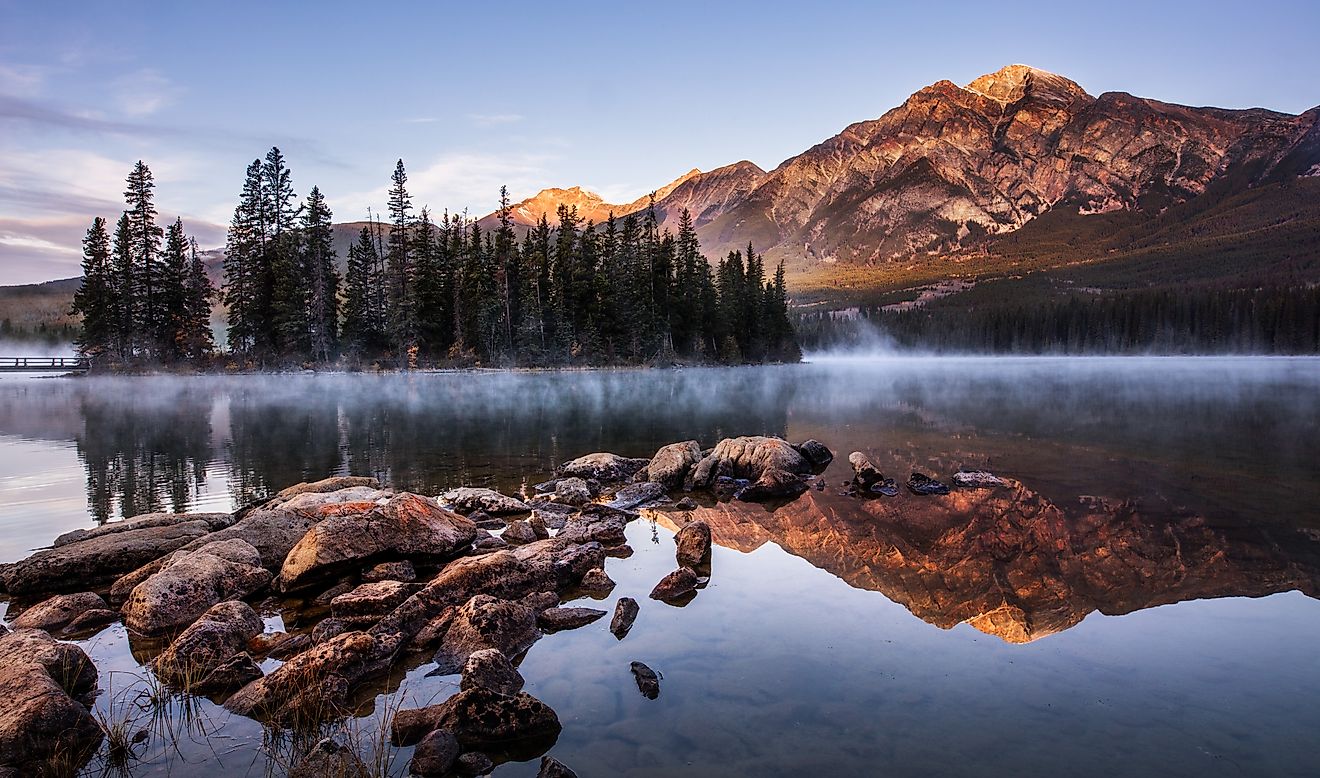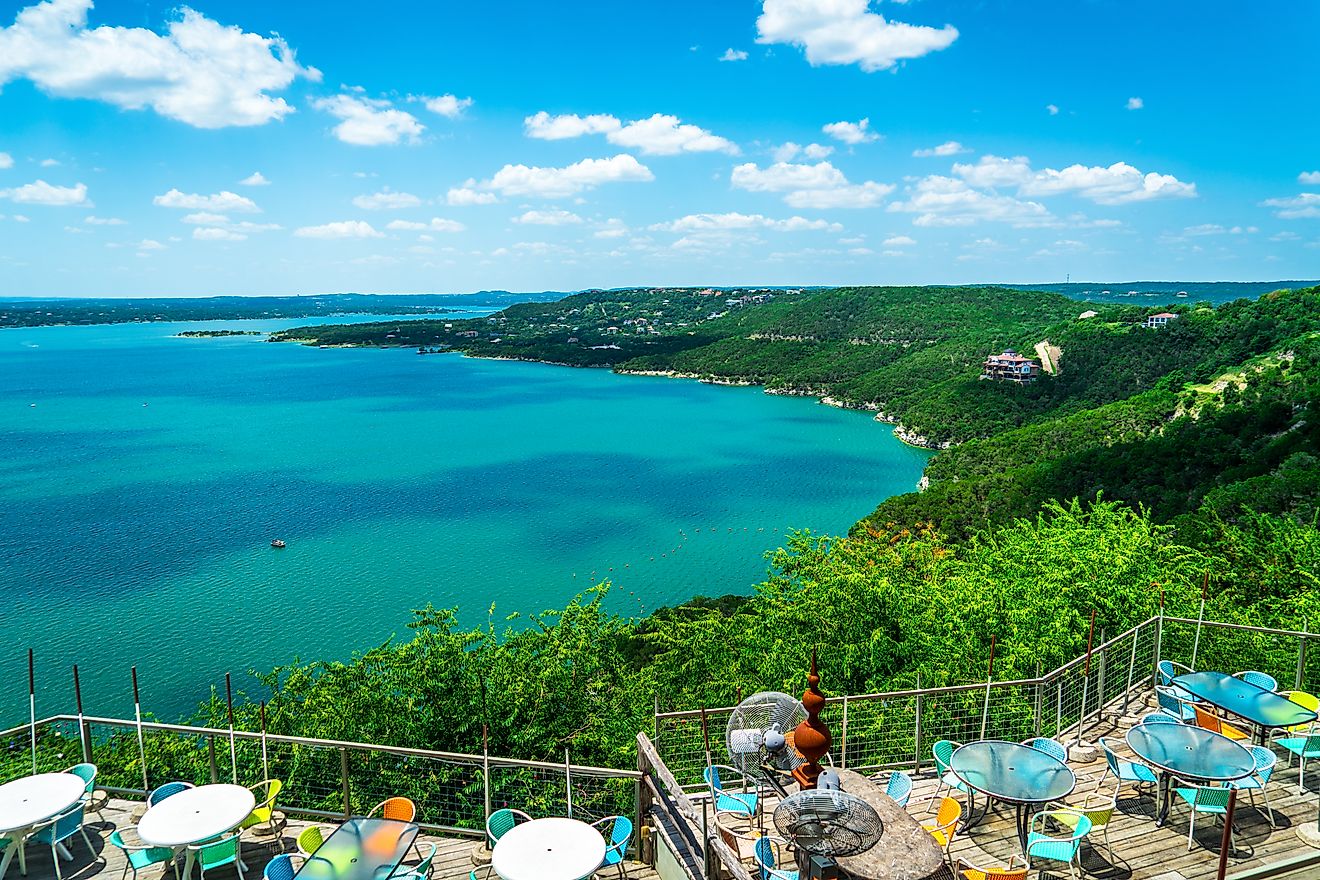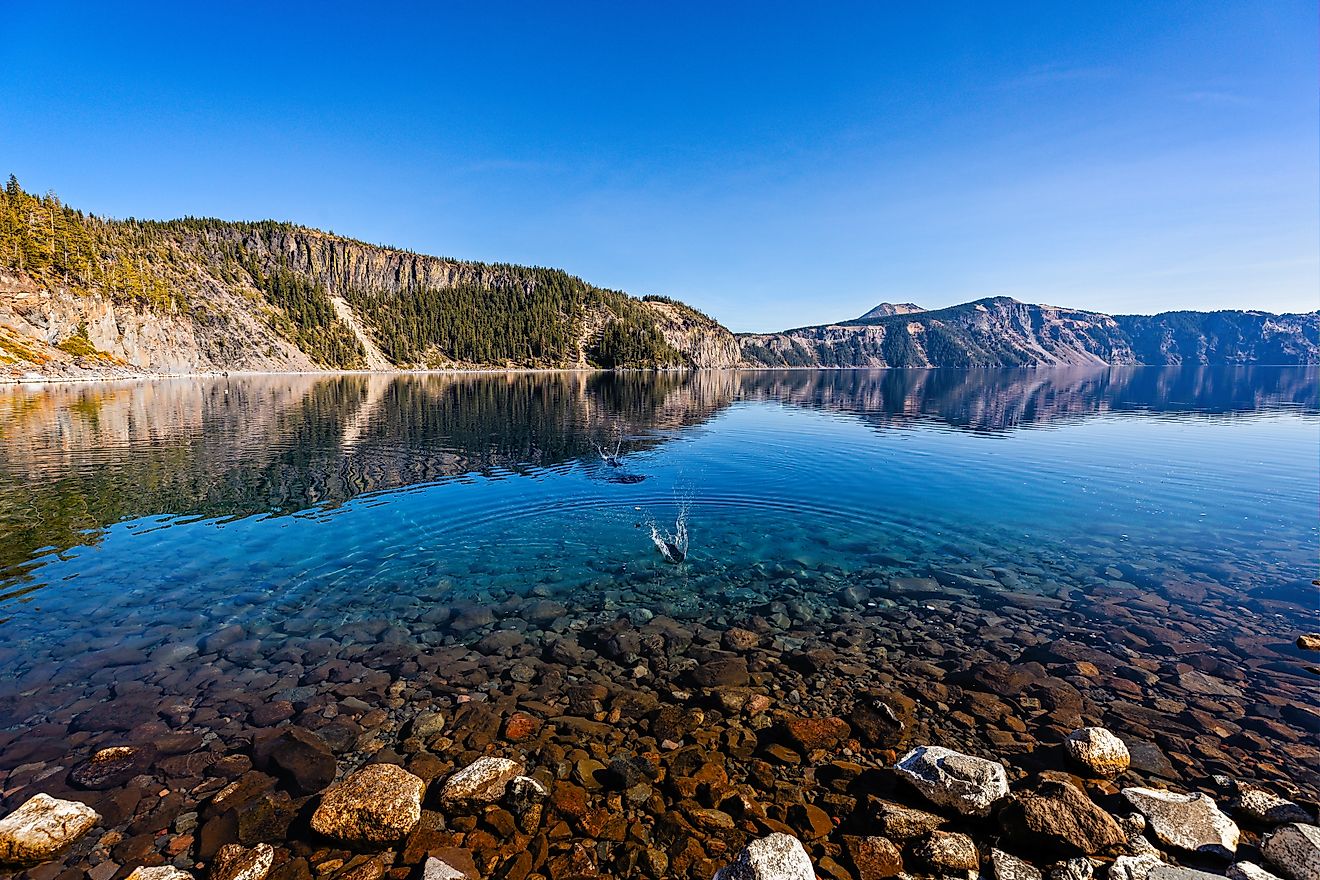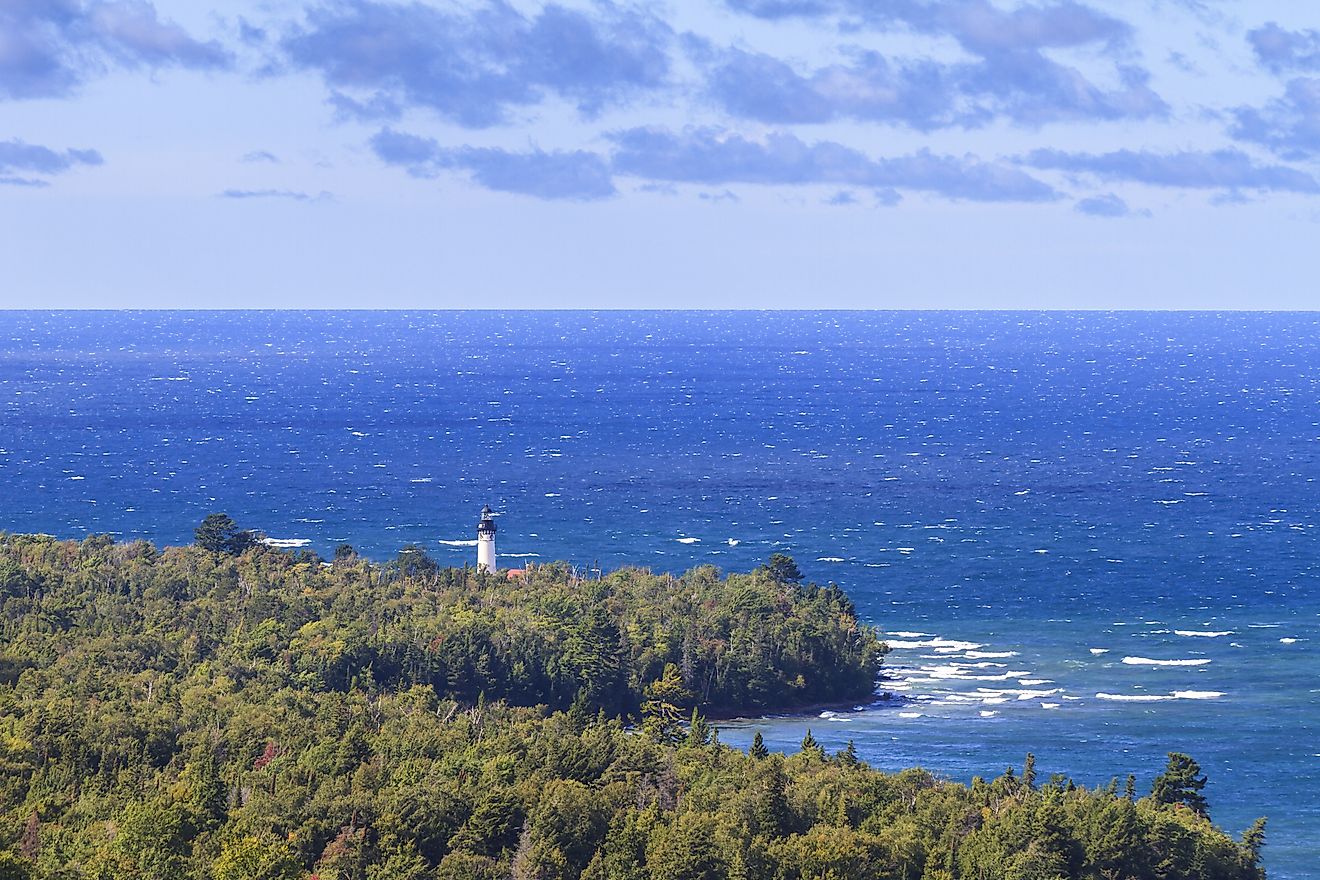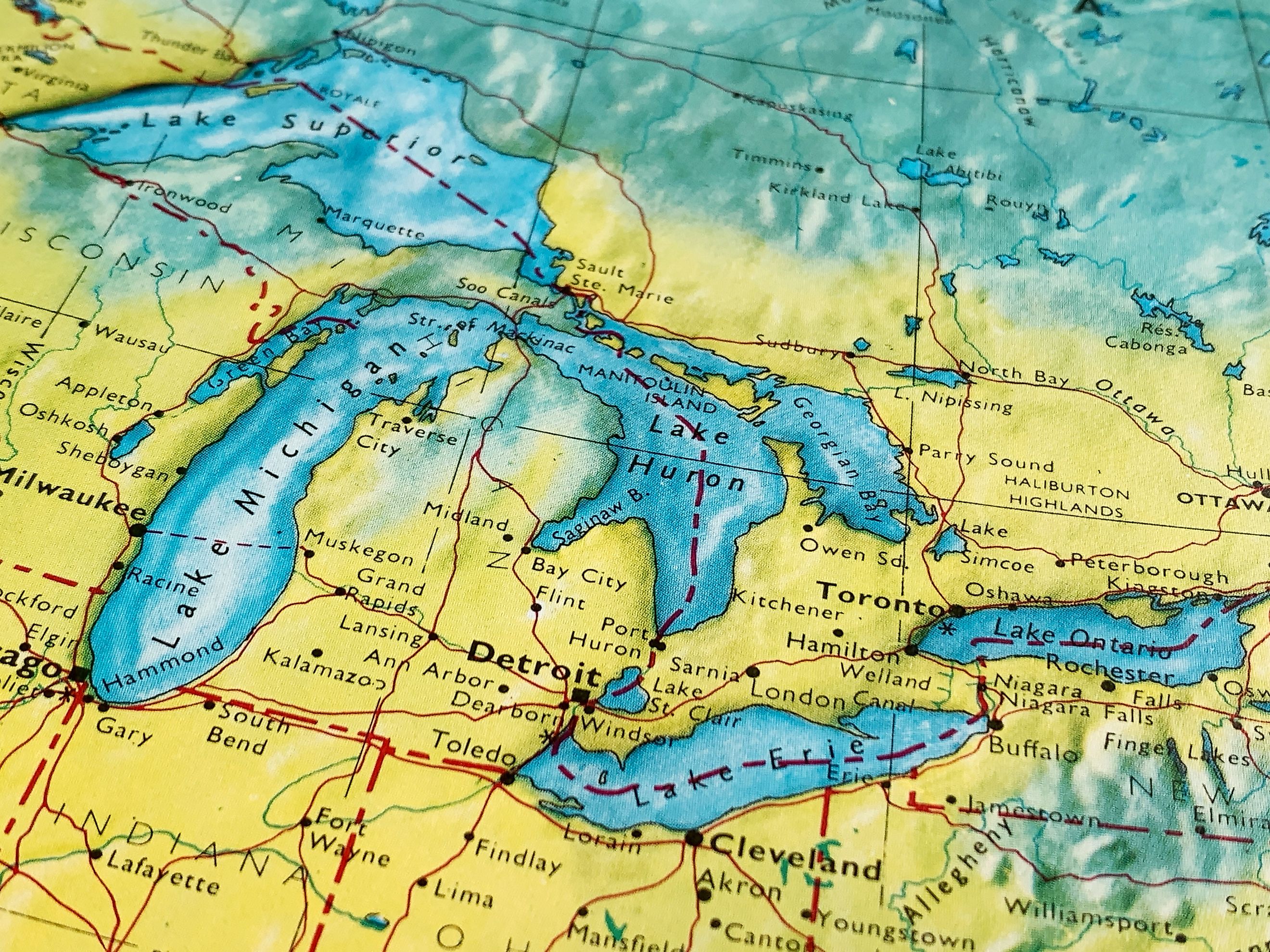
The Great Lakes
When most people think of lakes, they picture tranquil bodies of water tucked between rolling hills or hidden in the mountains. But the Great Lakes are different. These freshwater giants are so vast that they behave more like oceans. Their storms can sink ships. Their waves crash against the shore with the fury of tides. Their water spans more than 94,000 square miles, touching eight US states and the Canadian province of Ontario.
The Great Lakes are not only among the largest lakes in the world, they are among the most important. They drive regional economies, shape weather patterns, and serve as a gateway for trade. They also hold one-fifth of the world’s surface fresh water.
Let’s take a closer look at what makes the Great Lakes system so unique, starting with the basics and diving into history, geography, fun facts, and their vital role today.
What Are the Great Lakes?
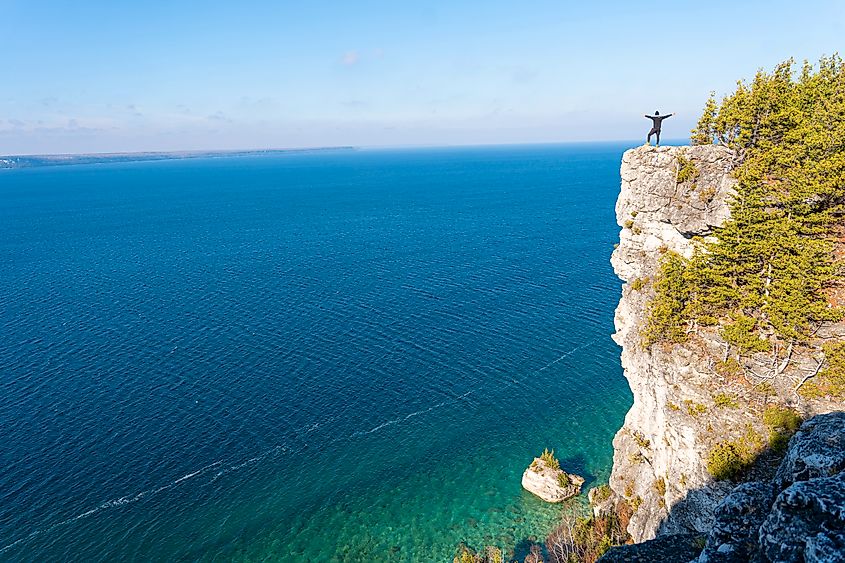
The Great Lakes are a group of five freshwater lakes located in the upper northeastern corner of North America. From west to east, they are:
-
Lake Superior
-
Lake Michigan
-
Lake Huron
-
Lake Erie
-
Lake Ontario
Together, these five lakes make up the largest group of freshwater lakes on Earth by total area. Each lake has its own distinct personality and importance.
Lake Superior: The Deep Giant
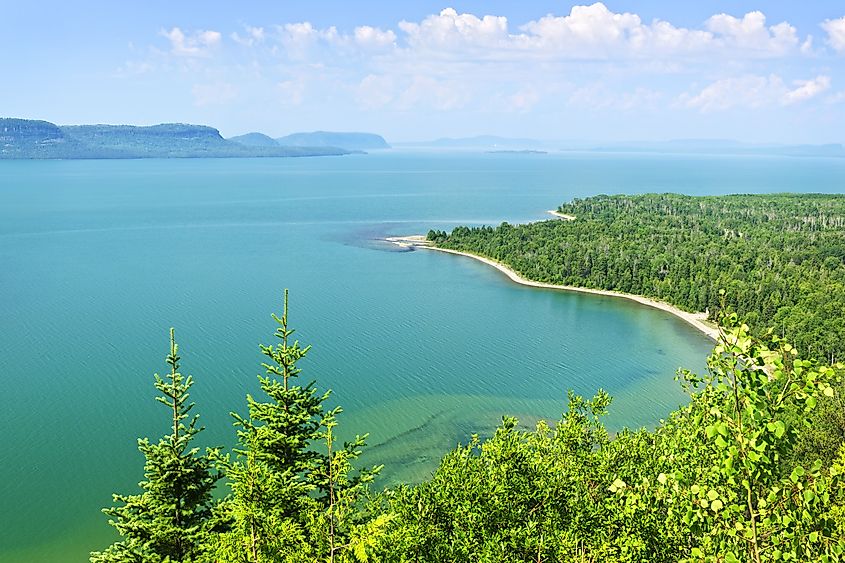
-
Surface Area: 31,700 square miles
-
Average Depth: 483 feet
-
Max Depth: 1,333 feet
-
Bordering States: Minnesota, Wisconsin, Michigan
-
Fun Fact: Lake Superior is the largest and deepest of the five lakes. It contains more water than all the other Great Lakes combined.
Lake Superior is vast, cold, and powerful. Its deep, icy waters are known for sudden storms and legendary shipwrecks, including the famous sinking of the SS Edmund Fitzgerald in 1975. The shoreline is rugged and scenic, dotted with cliffs, forests, and remote beaches.
Lake Michigan: The Heart of the Midwest
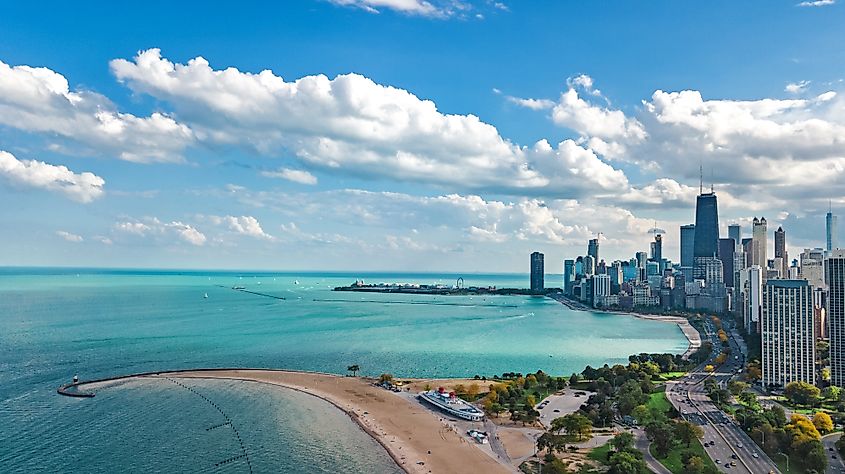
-
Surface Area: 22,400 square miles
-
Average Depth: 279 feet
-
Max Depth: 923 feet
-
Bordering States: Wisconsin, Illinois, Indiana, Michigan
-
Fun Fact: Lake Michigan is the only one of the five lakes located entirely within the United States.
Lake Michigan connects Chicago, Milwaukee, and other major cities, making it one of the most economically active of the Great Lakes. The lake’s sandy beaches attract millions of visitors each summer, while its ports handle grain, steel, and other essential cargo.
Lake Huron: Shipwreck Central
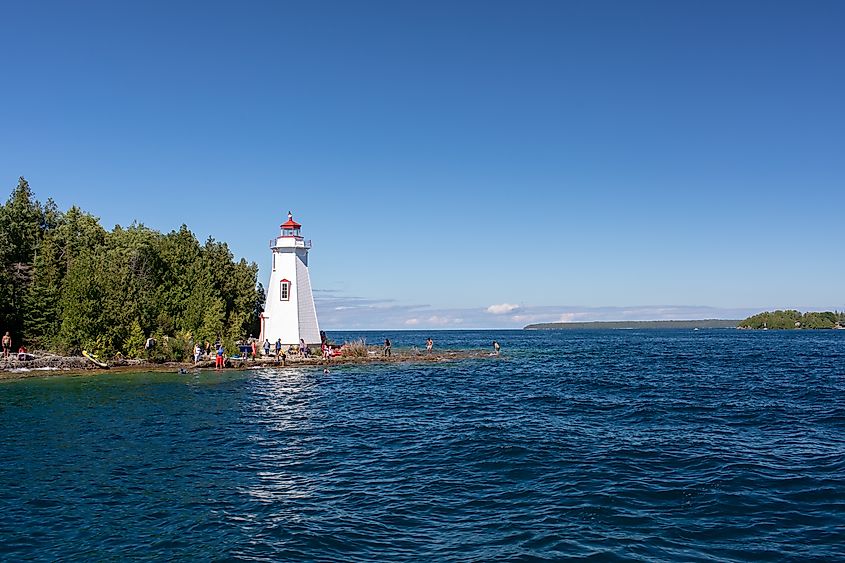
-
Surface Area: 23,000 square miles
-
Average Depth: 195 feet
-
Max Depth: 750 feet
-
Bordering States: Michigan
-
Fun Fact: Lake Huron is home to the largest freshwater island in the world, Manitoulin Island.
Lake Huron shares a water connection with Lake Michigan via the Straits of Mackinac, but it has a completely different vibe. With over 30,000 islands and some of the clearest water in the Great Lakes system, it is a paradise for boating, fishing, and diving. It is also home to hundreds of shipwrecks, many of which are preserved and popular among scuba divers.
Lake Erie: Warm and Shallow
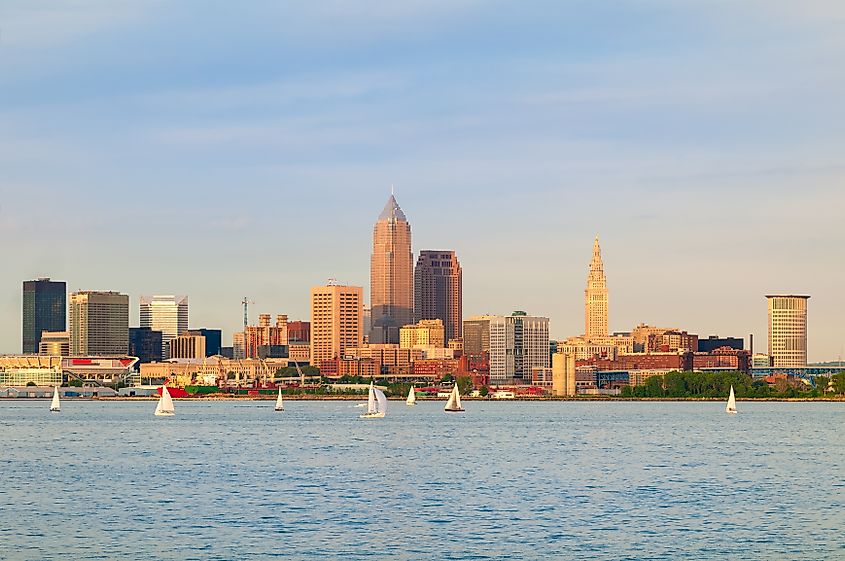
-
Surface Area: 9,910 square miles
-
Average Depth: 62 feet
-
Max Depth: 210 feet
-
Bordering States: Michigan, Ohio, Pennsylvania, New York
-
Fun Fact: Lake Erie is the shallowest and warmest of the Great Lakes, which makes it the most biologically productive.
Lake Erie is the southernmost of the five and often considered the most temperamental. Because of its shallow depth, it can whip up dangerous waves in windy conditions. It has long supported agriculture, manufacturing, and industry. However, it also faces environmental challenges such as algae blooms caused by agricultural runoff.
Lake Ontario: Gateway to the Atlantic
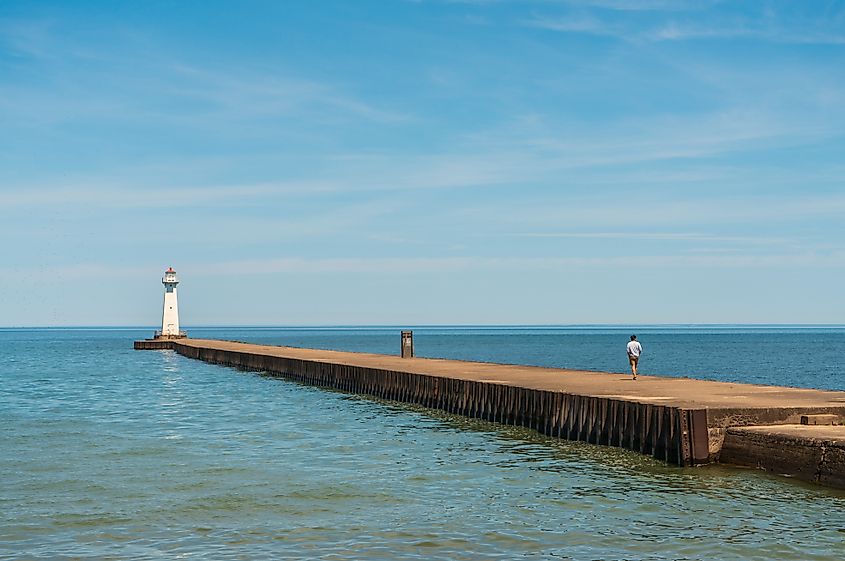
-
Surface Area: 7,340 square miles
-
Average Depth: 283 feet
-
Max Depth: 802 feet
-
Bordering States: New York
-
Fun Fact: Lake Ontario is the smallest by surface area but second-deepest of the Great Lakes. It feeds into the Saint Lawrence River, which connects to the Atlantic Ocean.
Lake Ontario may be the smallest of the five, but its role is massive. It forms part of the Saint Lawrence Seaway, a key shipping route between the Great Lakes and the Atlantic Ocean. Major cities like Toronto and Rochester sit along its shores.
How the Great Lakes Were Formed
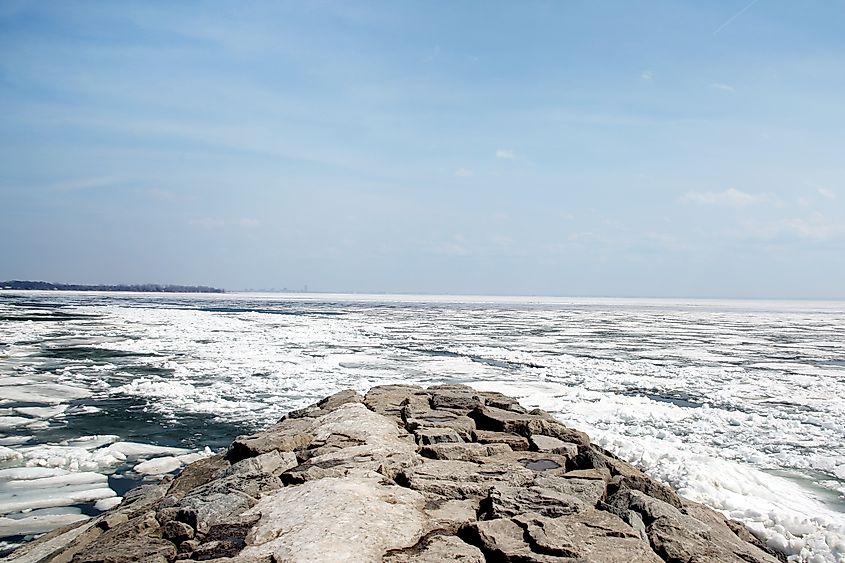
The Great Lakes are glacial lakes, formed at the end of the last Ice Age around 10,000 years ago. As the Laurentide Ice Sheet retreated, it carved deep basins into the bedrock and left behind massive quantities of meltwater. Over time, those basins filled to become the lakes we see today.
This glacial past explains the Great Lakes' size, shape, and depth. It also accounts for the varied landscapes around them, from sandy dunes and rolling hills to towering cliffs and rocky islands.
Life Around the Great Lakes
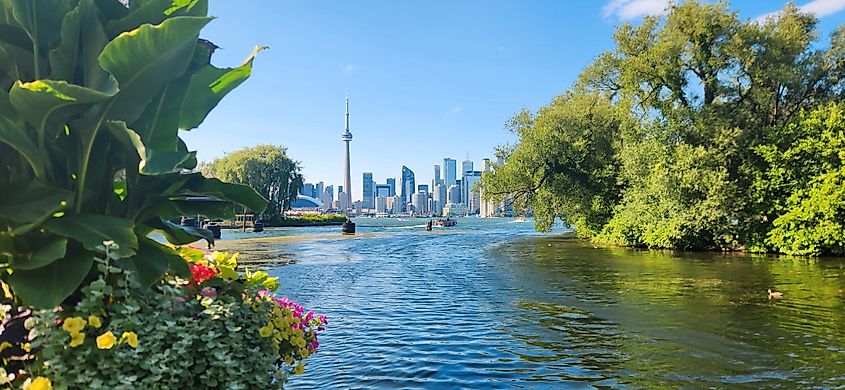
More than 30 million people live in the Great Lakes region. The lakes support agriculture, transportation, industry, and recreation. Cities like Chicago, Detroit, Cleveland, Buffalo, and Toronto owe their development in part to their proximity to these waterways.
The Great Lakes economy is enormous. It includes shipping, fishing, tourism, and clean energy. The ports handle over 200 million tons of cargo each year. Commercial and sport fishing generate billions in revenue. And the lakes attract millions of visitors who come to swim, sail, kayak, or simply take in the view.
Environmental Challenges
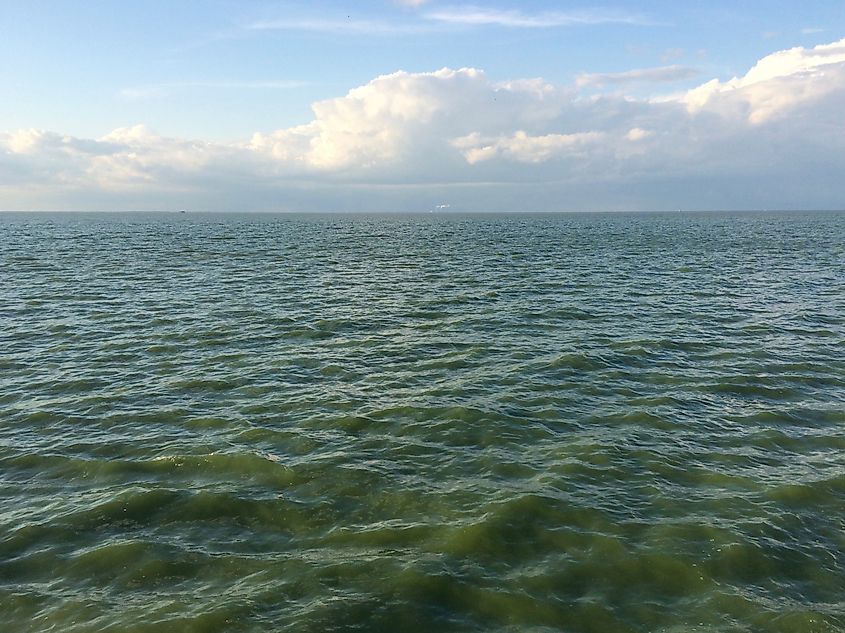
Despite their size, the Great Lakes are not immune to environmental threats. Key concerns include:
-
Pollution: Industrial waste, agricultural runoff, and plastic pollution have affected water quality in some areas.
-
Invasive species: Zebra mussels and other non-native species disrupt ecosystems and damage infrastructure.
-
Climate change: Warmer temperatures affect water levels, ice cover, and the frequency of extreme weather events.
-
Algal blooms: Lake Erie in particular suffers from toxic algae caused by nutrient runoff.
Organizations on both sides of the border, including the U.S. Environmental Protection Agency and Canadian environmental groups, are working to monitor and protect these vital waters.
Fun Facts About the Great Lakes
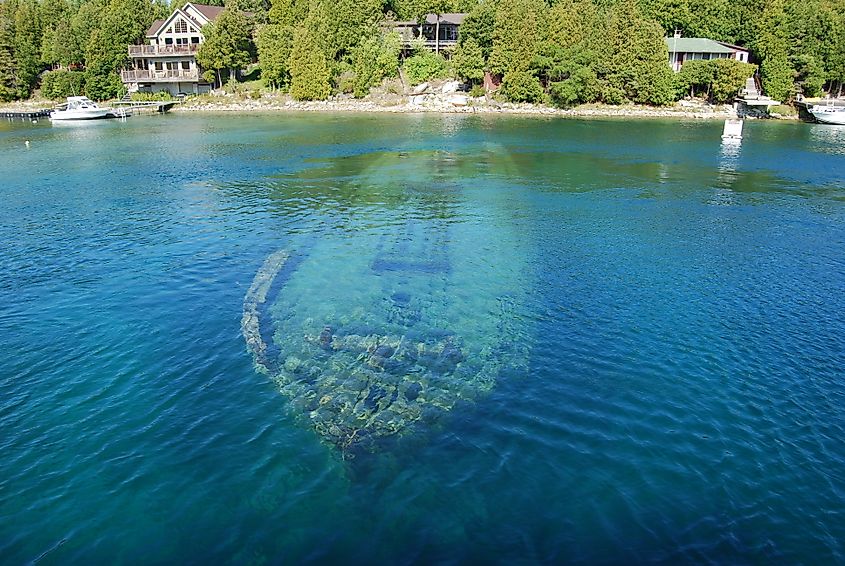
-
If spread across the continental US, the water from the Great Lakes would cover the country in almost 10 feet of water.
-
Lake Superior is so cold that bodies from shipwrecks remain preserved.
-
The lakes affect local weather through “lake effect snow,” particularly around Buffalo and the Upper Peninsula.
-
Lake Michigan has beaches with sand that squeaks underfoot, a rare phenomenon caused by rounded quartz grains.
-
Niagara Falls connects Lake Erie to Lake Ontario and is one of the most powerful waterfalls in North America.
How to Experience the Great Lakes
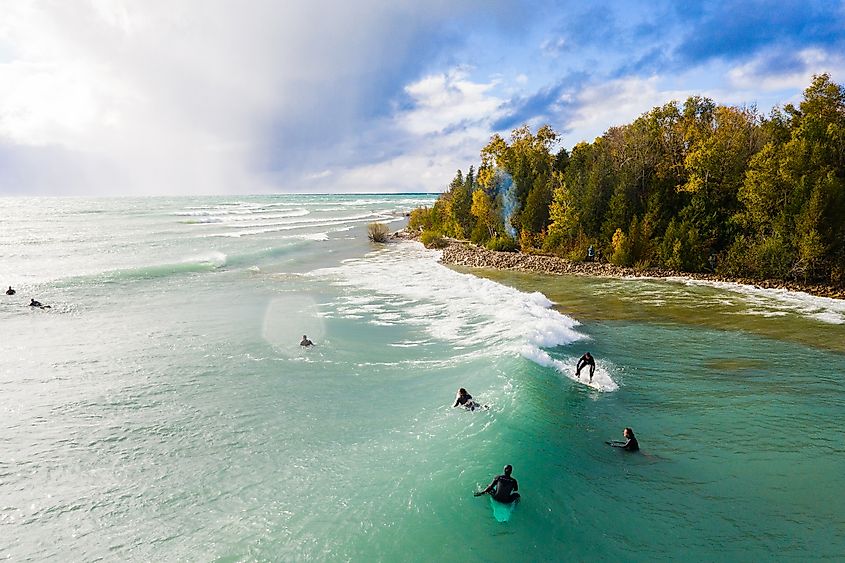
There are hundreds of ways to experience the beauty and power of the Great Lakes, whether you are a nature lover, history buff, or adventure seeker.
-
Road trips: Take scenic drives along Lake Superior’s North Shore, Michigan’s M-22, or the Lake Erie Coastal Trail.
-
Lighthouses: Tour iconic beacons like Split Rock Lighthouse, Big Sable Point, and Marblehead.
-
Parks and forests: Visit Sleeping Bear Dunes National Lakeshore, Pictured Rocks, or Presque Isle State Park.
-
Water sports: Paddle in sea kayaks, go sailing, or try kiteboarding.
-
Historic sites: Explore shipwreck museums, maritime history centers, and 19th-century port towns.
The Future of the Great Lakes
Protecting the Great Lakes is a shared responsibility. With so many people and industries relying on them, balancing use and conservation is key. Continued investment in clean water technology, ecosystem restoration, and climate resilience will help ensure that the lakes remain healthy for future generations.
The Great Lakes are more than a natural wonder. They are a source of pride, prosperity, and identity for the entire region. They remind us that the most extraordinary places in America are not always oceans or mountains but sometimes right in the heart of the continent.
